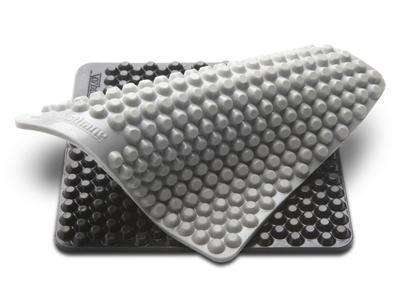
Invented by Donald Leslie and associated largely with the Hammond organ, the Leslie utilizes the Doppler effect to tune the physics of sound waves and achieve a vibrato effect. Although such an effect can be approximated digitally, the Leslie is fully acoustic.
Analogous to this is the effect of acoustic volume control. A typical stereo amplifier has a volume knob that allows you to alter the volume of sound output. Here is an acoustic version of the volume knob:

By changing the opening at a doorway, you acoustically change the volume in the room without altering the source. Some interesting artifacts of acoustic volume control include preponderance of penetrative frequencies. In other words, low frequencies tend to penetrate closed surfaces better than higher frequencies.
How can this principle be used to create an acoustically-conditioned instrument? The operative word is condition, as in how can you condition existing sounds peripherally, i.e. without changing the source. This comes down to applying what strategies are available, such as:
Ducts

Dampeners

Baffles

Live acoustics

I would like to see how far this technique could be taken. An acoustic instrument with an interface similar to a chest of drawers or a group of theremins could provide enough variation to engage a composer's creative expression. It could potentially usher in a new musical form.
